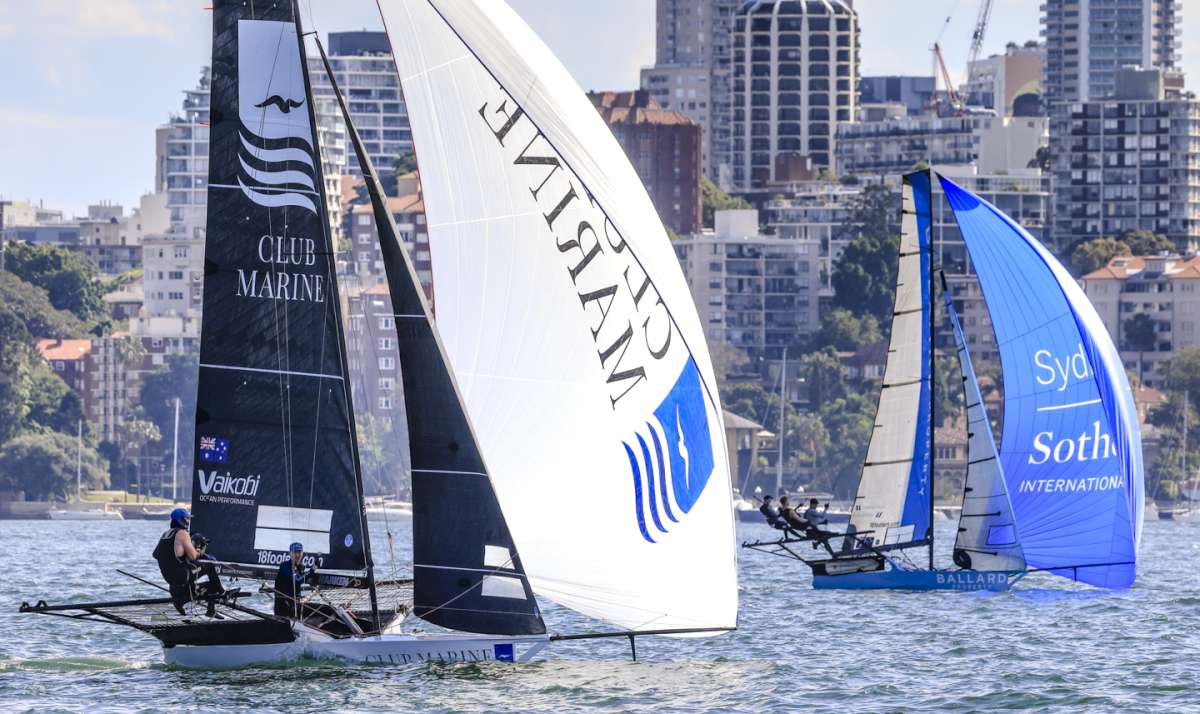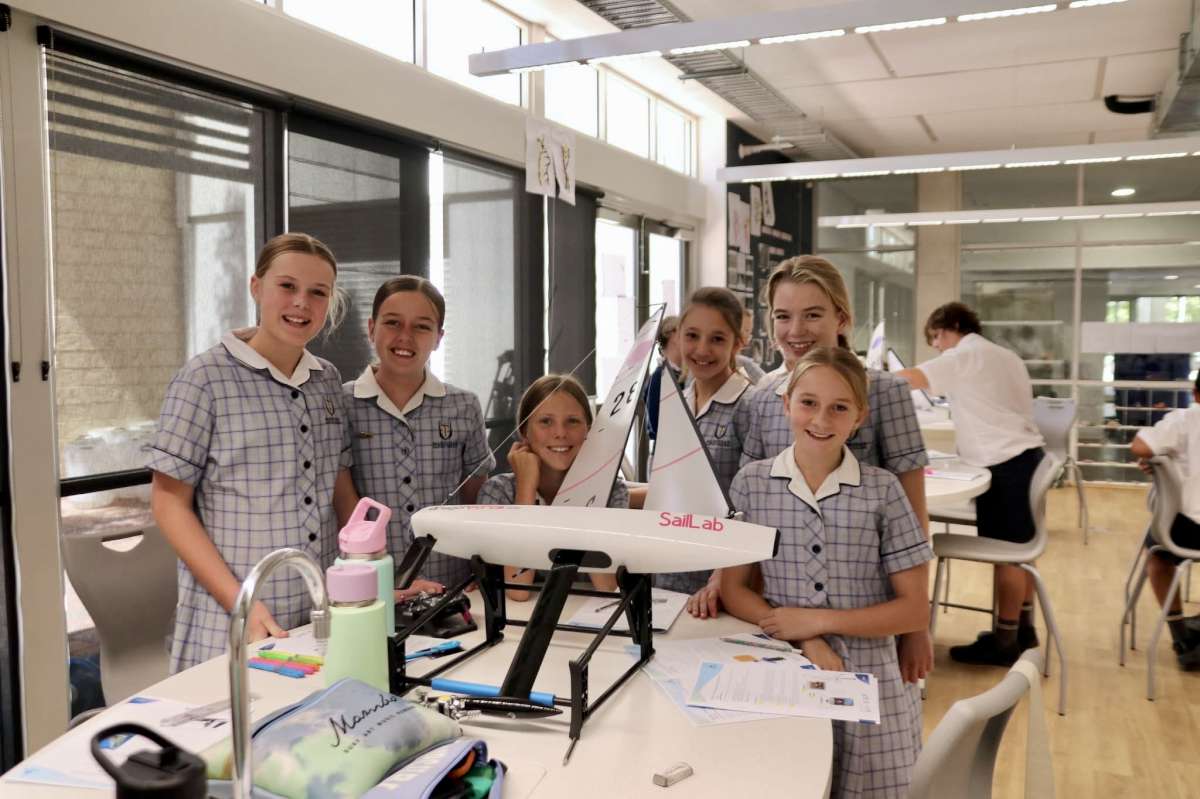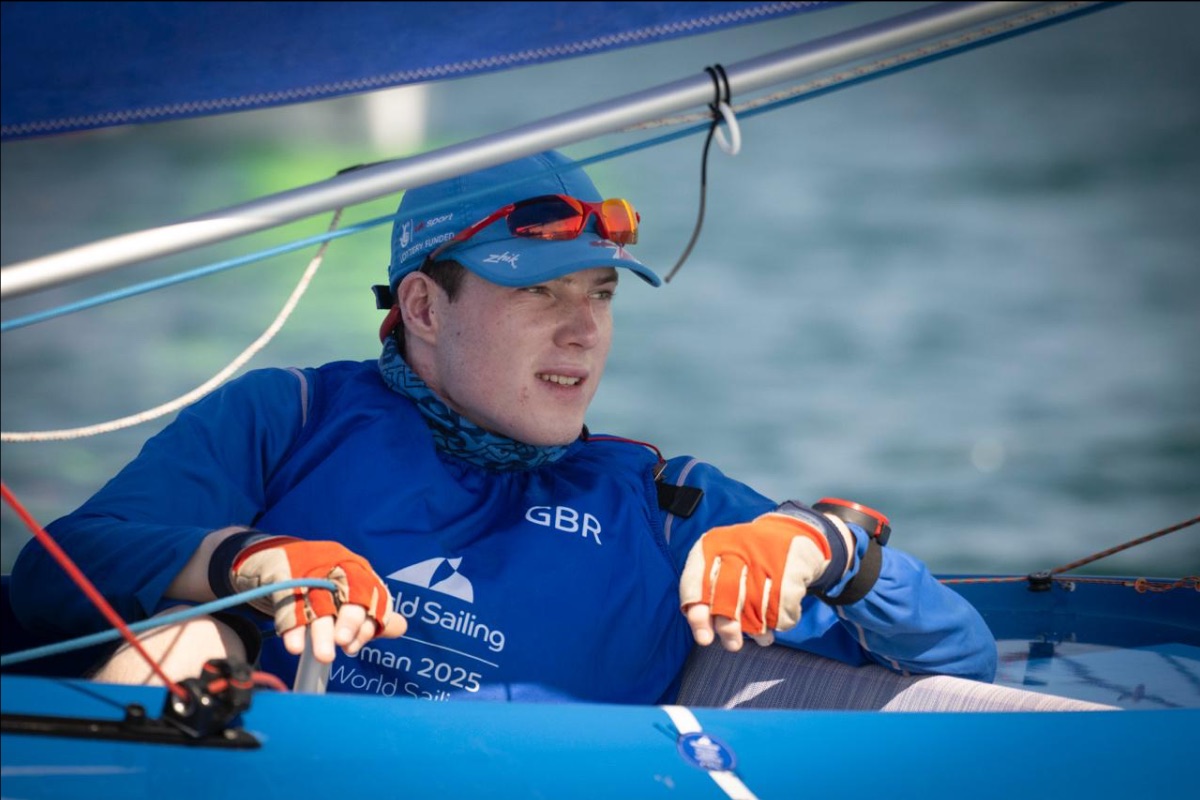There are a number of bureaucratic issues that complicate life for non-EU citizens planning to enjoy extended cruising in the Mediterranean. There is even more so if you are wanting to live-aboard in the winter off-season, rather than go to the expense of flying home.
The majority of European Union countries are signatories of the Schengen agreement which provides civilised freedom of movement about the continent for its citizens. But, unfortunately for Australians, they also share common rules when it comes to visas for non-EU citizens. The regulations are not only confusing but also a mine field for unsuspecting travellers. See the side bar for details.
The bottom line is that the rules make it virtually impossible for Australians to live aboard over the winter in a Schengen zone country. As a result, after spending the second half of the summer cruising Spain’s Balearic Islands, we had to find a new home for four months during the northern winter.
Escape to the rock
We had originally planned to go to North Africa and had booked into a lovely marina at Monastir in Tunisia. We’d stopped there for a few days on another boat back in March and fell in love with the place.
Berthing fees are low and the cost of food etc. is very cheap. Each winter there is also a small live-aboard community that assembles to enjoy the sunshine, so we thought we had everything sorted. That was until some bigoted American produced a Youtube video defaming Mohammed which gave the extremist lunatic minority in Tunisia an excuse to attack the U.S. Embassy and businesses catering for westerners.
Considering the political instability, we decided Tunisia was declared a no-go zone for now. Morocco was briefly considered but given the extremist Islamic protests were going on around many parts of the region we could not be sure they would not spread to this, normally, tourist loving country as well. Our idyllic North African winter plans were scrapped and we were back to square one. It was already October when we began looking for a plan B.
As we were in Mallorca at the time, the usual non-Schengen options in the eastern Mediterranean of Turkey and Croatia were a long, long way away. It soon became pretty obvious that the only suitable non-Schengen option anywhere nearby was Gibraltar.
Firstly, there are no visa restrictions at all for Australians. As long as we did not undertake paid employment, we were welcome to stay as long as we liked, so four months was not going to be an issue. Secondly, typical winter daytime temperatures were listed as being in the mid to high teens Celsius with overnight minimums rarely below eight, so that sounded comfortable enough. Thirdly, berthing fees at all three marinas halve for low season from November 1 to February 28 making long term berthing affordable.
Advantageous
So Gibraltar it would be. We had a close look at each marina’s website and found Ocean Village and Marina Bay Marinas are, for all purposes, one and the same now.
They are located right next to the airport runway which did not sound all that attractive to us. The berths are also accessible to the public while we prefer the security of gated marinas where possible.
We decided on Queensway Quay Marina. It is the smaller of the marinas on offer and is surrounded on all sides by attractive apartment buildings providing good 360 degree protection from swell and the worst of the winds. Surprisingly it is also two pounds a day cheaper than the opposition, which over four months adds up. For our 13.2 metre Jeanneau, low season berthing fees were eleven pounds (AU$15.50 approx.) per day plus metered water and power. Luckily we were able to get a booking without a problem despite the relatively short notice.
After slowly making our way south-west along the Spanish coast we reached Gibraltar at the beginning of November and settled in for what we expected to be a long bleak winter. Gibraltar proved to be a great option for our winter layover and with the exception of a few days of strong winds and rain, the weather for the vast majority of the time reminded us of winter on Queensland’s Sunshine Coast.
Most days featured bright blue skies with plenty of sun and temperatures in the high teens or low twenties Celsius. Overnight temperatures normally did not fall much below 10° with the coldest we saw being a manageable 6°.
In fact, one of our favourite things about wintering in Gibraltar was that we were not ‘marina bound’ until summer, as we often took advantage of the great weather to take the boat out for a sail just for the sake of sailing. It was great to invite new Gibraltarian friends we made to join us for a trip around ‘the rock’ to anchor for lunch in beautiful Catalan Bay on the eastern side and be back on our berth in time for sundowners.
While the weather was mostly very benign, we discovered we had definitely made the right marina choice when a strong 35 to 45 knot westerly blew in from the Atlantic for a few days in January, producing a big swell in the Bay of Gibraltar.
We experienced some minor surging in Queensway Quay but, down by the runway, almost a metre of swell inside the marinas broke lines and pounded boats all over the place. Just watching it was quite frightening.
It was so severe. we had friends with their boats who found it impossible to stay aboard and had to pay for accommodation ashore until things settled down. There was another short repeat performance in late February.
A very good range of maritime services are available on ‘the Rock’ including haul out and two good chandleries. Good news is that Gibraltar features low taxation with seemingly every third retail outlet dedicated to selling cheap electrical and photographic equipment, cheap booze and even cheaper cigarettes.
Diesel is also priced about 40 per cent cheaper than Spain.
Even better news is that as a ‘ship in transit’ we were able to purchase equipment for the boat totally tax free. So it was the perfect spot for us to replace what was worn, upgrade what’s out of date and add essential new equipment such as an AIS system and a new BBQ. OK the BBQ was not essential but it did make a nice addition to the stern.
Compared to Spain, what is expensive is food and groceries. Almost everything comes from the UK with prices often higher than London and the dearest we experienced in the Med. However, most items and food lines were still cheaper than at home, which is an indicator of how expensive the cost of living in Australia has become.
We got around the problem by walking across the frontier every couple of weeks and shopping at a supermarket in La Linea just on the Spanish side of the border. The five kilometre round trip was good exercise and at literally half the price, well worth the effort.
We did tend to break the trip with lunch at a wonderful seafood tapas restaurant over there which made grocery shopping much more enjoyable.
Despite Gibraltar actually being quite small with a population of just over 30,000, we found plenty to keep us occupied. There was a small but quite vibrant international live-aboard community in Queensway Quay. A marina front bar aptly named ‘The lounge’ provided a good social hub for both long term locals and transient visitors like us to get to know each other.
The Sunday evening pub quiz was always a great laugh as were the national rivalries during the rugby telecasts. We were very relieved the Wallabies did the right thing by us and were able to win a few games.
Hire cars are very reasonably priced, making Gibraltar a good base from which to explore southern Spain with historic cities such as Cadiz, Seville, Malaga and Grenada all within easy reach.
So too are the ski slopes of the Sierra Nevada Mountains if you are that way inclined. Three day/two night trips over to Tangiers in Morocco were available for under $300 including ferries, accommodation and meals. But as North Africa was our planned first stop in the coming summer we decided to wait until then.
Plenty to see
‘The rock’ has a rich history dating back many thousands of years.
Occupying a highly strategic position at the eastern entrance to the narrow strait, Gibraltar guards the only exit from the Mediterranean to the wide ocean beyond. Four thousand years ago the ancient mariners dare not near it for fear of the currents. The Phoenicians sailed past it and used it as an important landmark for the entrance to the Atlantic.
However, it was not until 1160 that the town was founded by the Sultan of Morocco. It was after the capture of Gibraltar by the Castilians in the early 1300s that it became a substantial city.
British reign began with its capture in 1704 during the War of the Spanish Succession. Despite ceding the Rock to Britain in 1713's Treaty of Utrecht, Spain has never been able to accept the loss of Gibraltar with good grace and twice during the 18th century she tried to recapture it without success.
The first time was the short siege of 1727. There was a more serious attempt during the American Revolution when Spain joined forces with France in the war with a specific aim of taking Gibraltar. The Great Siege commenced in 1779 and lasted nearly four years with a British force of 7,000 successfully beating
off numerous attacks by far numerically superior forces.
However, the city withstood years of fearsome bombardment and took many years to rebuild, hence the lack of Moorish buildings remaining now.
Gibraltar has been a fortress for centuries and the evidence of this is to be found everywhere: around the harbour and all over the rock. From the moving Trafalgar Cemetery where many of the casualties of Nelson’s great victory lay, to huge guns, battlements and almost forty kilometres of defensive tunnels honeycombing the limestone.
The Great Siege Tunnels excavated by hand and gunpowder in the 1780s are particularly intriguing to wander around imagining the carnage inflicted far below by the cannons
they contained.
Most of the upper rock is nature reserve and many roads and trails criss-cross the whole area making it a walkers' paradise in the cool winter temperature which we certainly tried to make the most of.
One trail known as The Mediterranean Stairs winds around the southern end of the rock and then zig-zags its way up climbing to the very highest point of the Rock at O’Hara’s Battery. While the path is fairly rough, the greatest danger is in fact the magnificent views across the straits to North Africa and over the Mediterranean to Spain.
It takes discipline to keep your eyes focussed on where you are putting your feet and not the incredible scenes that unfold at every turn. There is even a couple of caves along the way to explore.
The day we climbed the steps, the sea was so calm we could see a distinct current line where the constant stream of water pouring into the Med. from the Atlantic Ocean met the counter current that runs westwards along the Spanish coast. Ships anchored on one side of the line hung off the chains facing the Straits while a couple of hundred metres away others faced exactly the other way towards the east. We will definitely make sure we stay on the advantageous side and use the current when we head back into the Med.
St Michael’s Caves are an amazing limestone complex that housed a military hospital during WW2 but has now been converted into a very unique concert hall amongst the stalactites.
At the base of the rock the old town area of Gibraltar is centred on the appropriately named Main Street and provides an eclectic mix of old English pubs, retail and souvenir shops, government buildings and residential buildings spread up the slopes, down narrow lanes where the city’s heritage has been well preserved.
The museum of Gibraltar is built on the site of the sultan’s palace and contains exceptionally well preserved Moorish baths in the cellars. It houses an impressive collection of artefacts dating back to prehistoric Gibraltar and chronicles the history of the Rock through to present day. For a paltry two Pounds admission it is well worth setting time aside for a long visit.
While we certainly enjoyed Gibraltar, after four months in one place we were well and truly ready to get on the move again. It was time to make the most of March’s prevailing westerly winds and point Alcheringa back into the Mediterranean for another summer of cruising.
Rob Oberg























